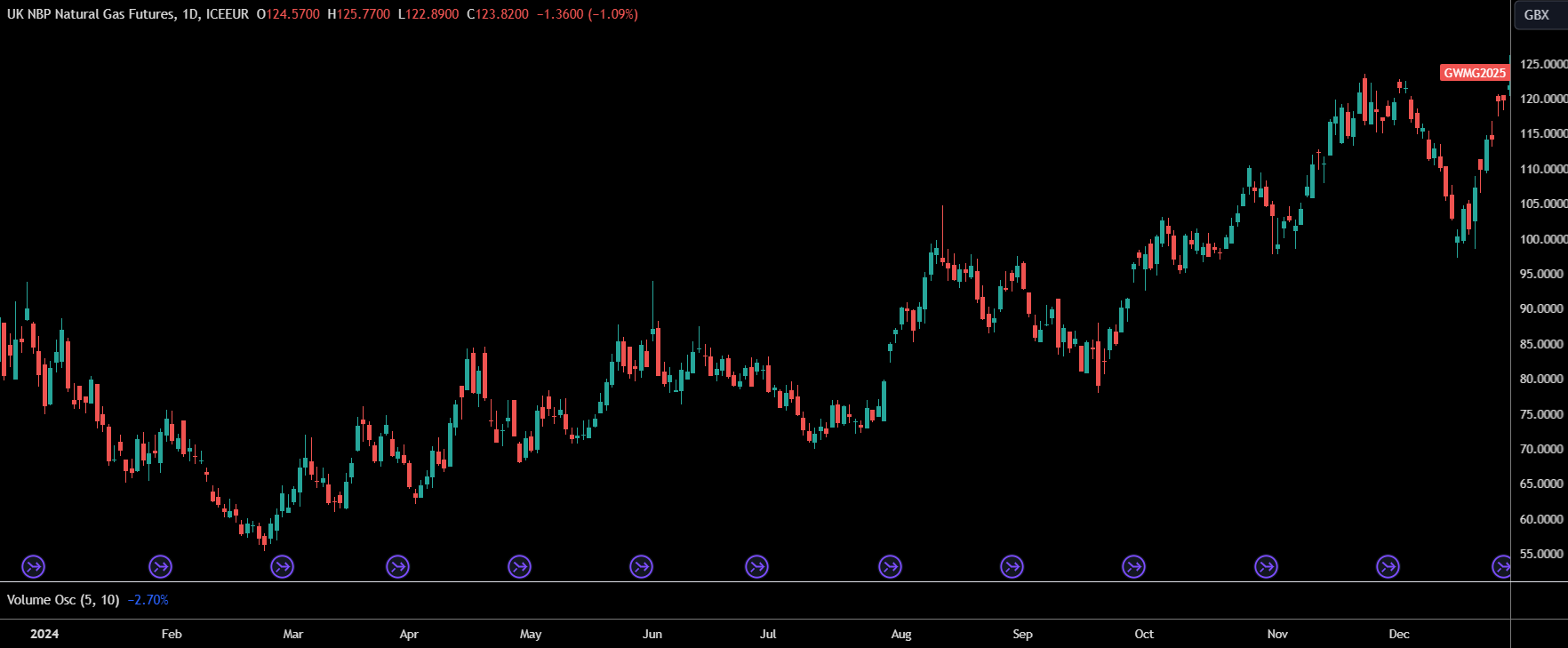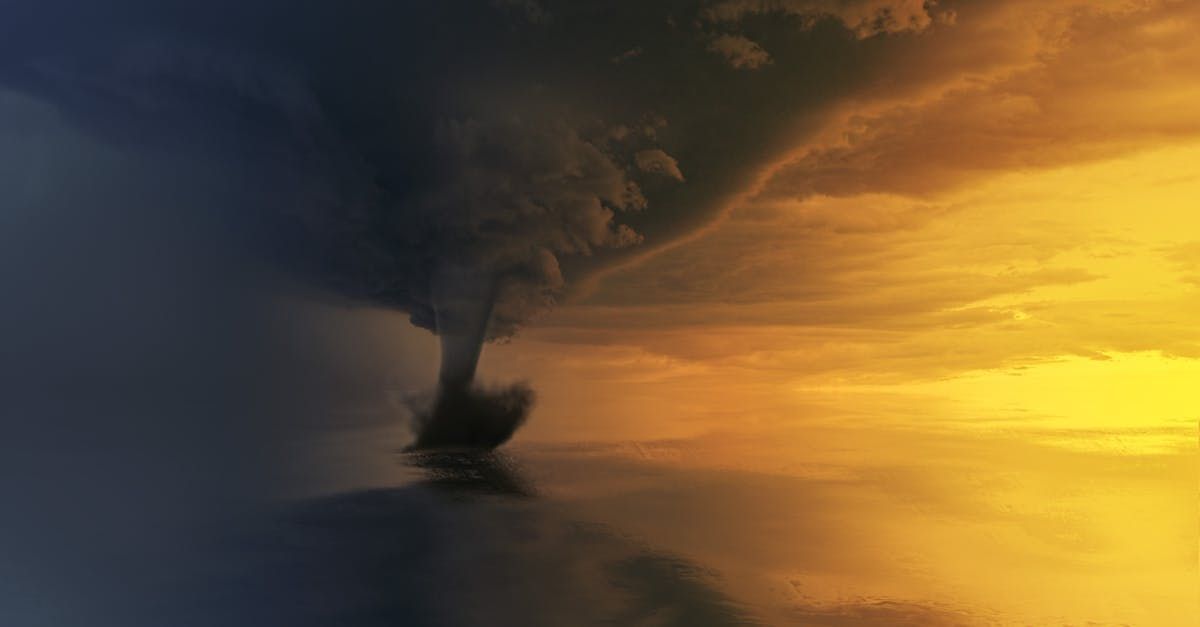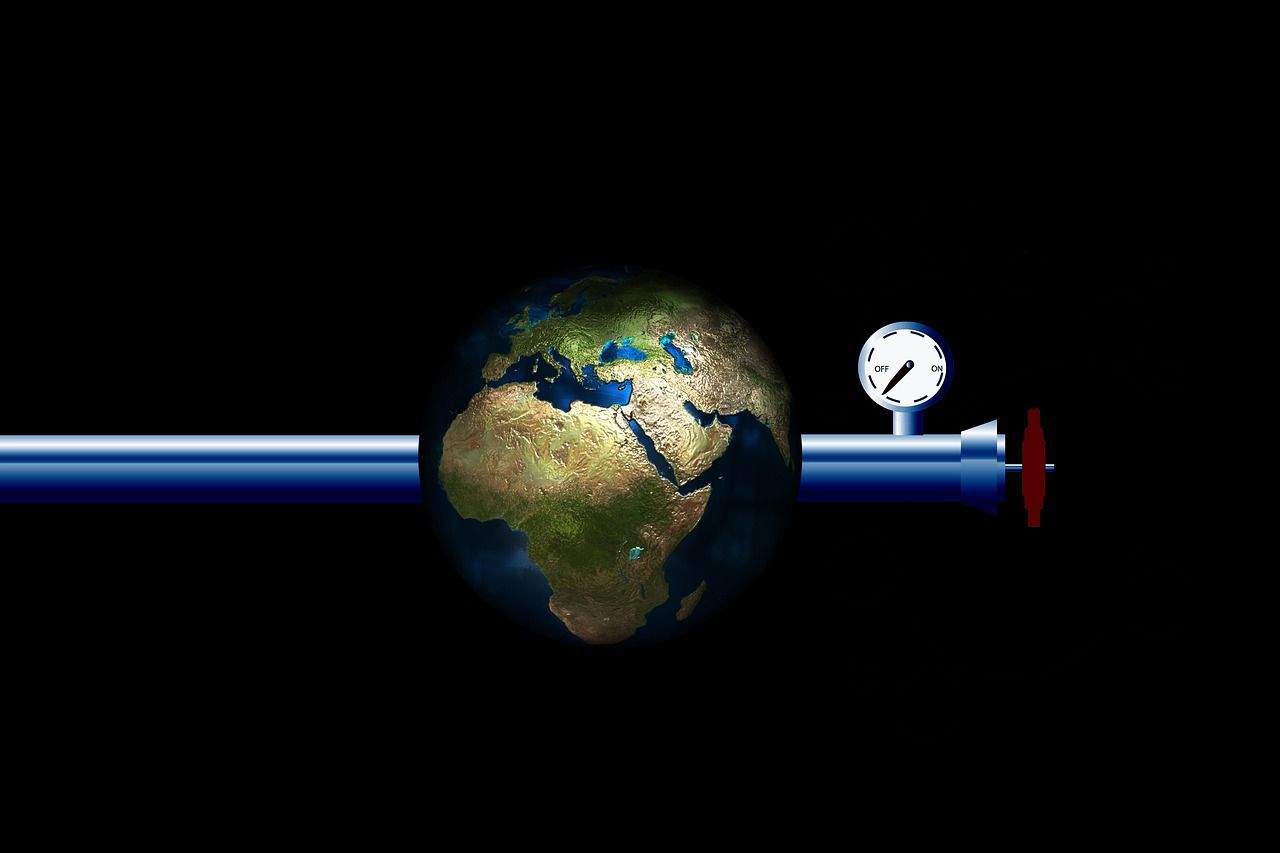November Review
November Review
By Adam Novakovic
November 2024 saw the US choose a new president, Austria refuse to pay for their gas imports, and the UK set a record for importing more energy than ever before. While some of the news this month was novel and unfamiliar, there was a sense of Déjà vu in the factors keeping energy prices high. With international conflict and inaccurate forecasts from meteorologists being the prime culprits.
Wholesale energy prices had dipped in the final days of October, but any hope that this trend would continue into November would be short-lived, with the 1st of November marking the lowest we would see gas and electricity prices for the entire month.
While prices did continue to rise on geopolitical uncertainty and fears of gas reserves being used at a higher than anticipated level, there was some good news from the US.
Earlier this year Joe Biden had put a pause on all LNG export permits in an attempt to appeal to the green voting bloc. However, Donald Trump was quick to announce that one of his first actions when he re-takes the role of president will be to lift the ban on US LNG exports and approve pending permits. This is very bullish news for European energy consumers who had been forced into LNG bidding wars with Asian countries undergoing heatwaves for much of 2024.
Trump’s election also seems to offer an increased likelihood of a cessation of conflicts between Russia and Ukraine. A change of sentiment from the west towards Russia could lead to quick negotiations to secure the transit of Russian gas to Europe for 2025.
One of the main factors behind rising energy prices throughout November was the colder than predicted weather. Forecasts of mini-heatwaves in the first few days of November had changed to reports of 18 inches of snow less than days later. The Nordic jet stream responsible for the colder weather caused some fear in the energy markets. With reserves likely to be depleted sooner than previously anticipated, there were concerns about whether the UK and other parts of Europe would need to make additional gas purchases in the coming months.
The cold weather was also compounded by a lack of wind. This lower-than-expected electricity production from wind turbines only increased the fear in the market and aided prices in rising higher.
On the continent, it wasn’t just cold weather causing issues. Austrian energy giant OMV had been awarded over €200m in arbitration against Gazprom for irregular supplies. However, rather than waiting for the Russian energy giant to make the payment or entering negotiations, OMV elected to seize Gazprom’s Austrian gas supplies in lieu of payment. This caused Gazprom to cut supplies to OMV and Austria. OMV had a contract in place with Gazprom until 2040 -- one of the few remaining significant contracts Gazprom has in Europe – but now it seems as though this contract is likely to be terminated. This deal had seen Austria receive gas at prices far below what other EU countries had been paying for gas, but it now seems as though they will have to find alternative sources to make up for this lack of supply, adding further competition to the demand side of the energy market.
Outlook
Gazprom remains a key part of the energy landscape as we look forward to the factors likely to influence prices in 2025. It is believed that the Russian company are planning on completely stopping all gas transit through Ukraine. While there has been talks of this gas being rerouted via Azerbaijan, so far no alternative is in place, and the loss of the gas from Russia has been largely priced into the current market levels. Should there be any news of a U-Turn from Gazprom, this would likely lead to a drop in prices as the supply picture would notably improve for Europe.
One way the supply picture looks almost certain to improve is the previously mentioned imports from the US. With the US having a large quantity of LNG – with more due to come online in the coming years – the option for importing from the US will be seen as a big positive for Europe and likely lead to 2025 energy prices heading down from their 2024 levels.
After dealing with colder than expected weather than may be some sense of positivity regarding how well European nations have dealt with the unanticipated increase in demand. Reports show that European reserve levels still sit close to 90% and this may lead to less of a knee-jerk reaction should there be another event causing gas demand to increase above predicted levels.
For those who have contracts expiring in the coming months there seems to be a couple of options available to you. At the moment it seems prudent to hold off as long as possible before signing a contract – especially if it is a short-term contract – or alternatively, looking at slightly longer-term contracts that will have the expected 2025 drop in prices already factored into the unit rates.
However, it is wise to have as much awareness about the available options as possible, and if you would like us to conduct a free market review on your behalf, contact us today to speak to experienced advisors who can help you with bespoke strategies and advice that is tailored to your needs.










